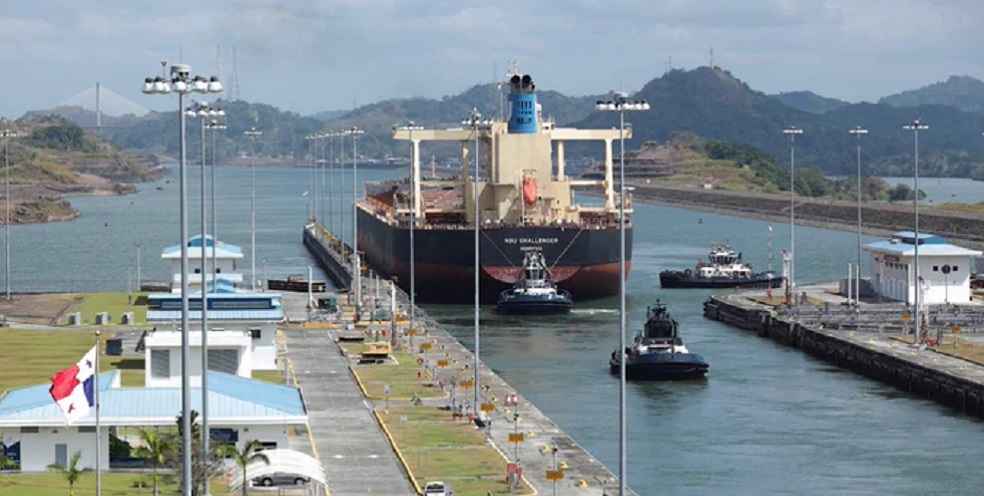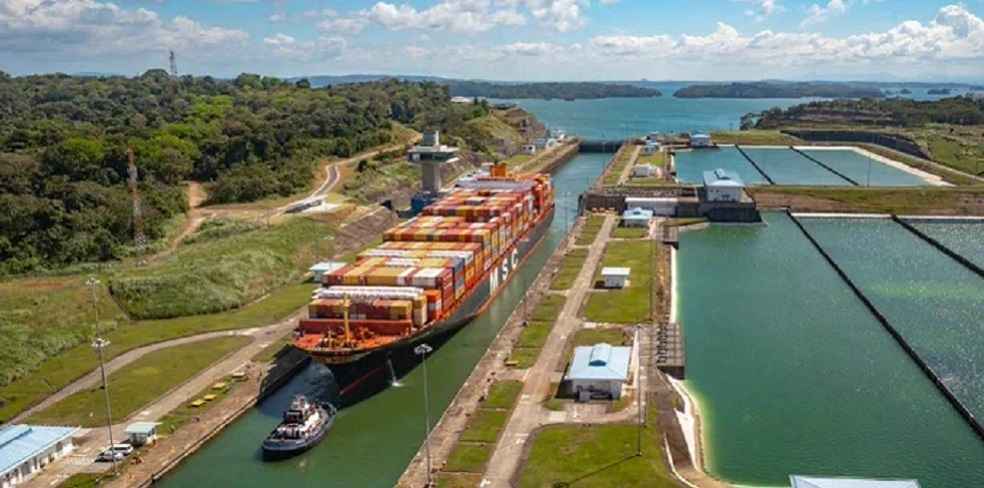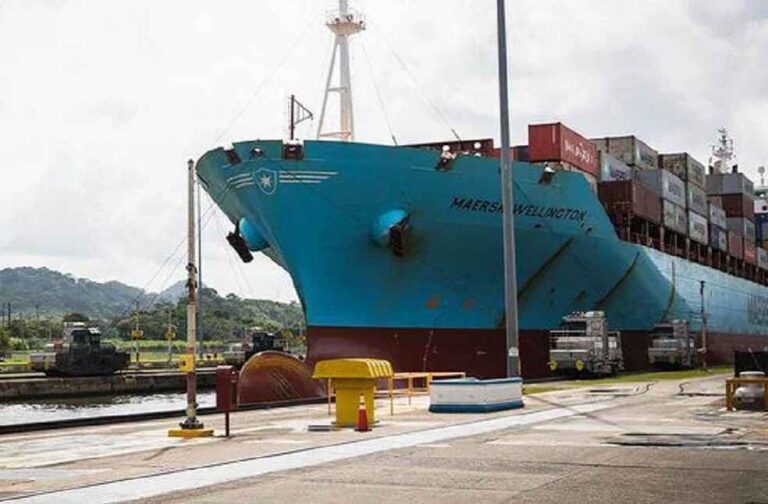The Panama Canal, a linchpin in global commerce, confronts a dire reduction in traffic due to an ongoing severe drought. This drastic situation presents an economic threat, with anticipated losses escalating to between $500 million and $700 million in 2024, a significant jump from earlier projections of $200 million.
Initiated last year, this drought compels a 36% decrease in ship crossings. Ricaurte Vásquez, the Panama Canal Administrator, underscores the urgency of this crisis, emphasizing Panama’s commitment to tackling the water shortage issue head-on.
Concurrently, heightened maritime tensions in the Red Sea, primarily due to attacks by Yemen’s Houthi rebels, disrupt vital shipping lanes. This confluence of events complicates the global trade landscape, as alternate routes like the Red Sea become less viable.

In response, the Panama Canal’s daily vessel crossings will diminish to 24 from the usual 38. Despite this reduction, Vásquez expresses optimism, citing effective water management strategies and recent rainfall, which might sustain the canal’s operations until the next rainy season.
Attributing the drought to El Niño and climate change effects, canal authorities stress the necessity for Panama to secure new water sources. These sources are critical not only for the canal’s functionality but also for the sustenance of over half of Panama’s population.

Vásquez’s statement encapsulates the issue: “The water problem is a national problem, not just of the Canal. We have to address this issue across the entire country.”
This predicament at the Panama Canal is a glaring indicator of how climate-related issues and geopolitical tensions can disrupt global trade, calling for swift and collaborative solutions to safeguard these essential trade arteries.
IMEX SECTOR | Russia Offers Wheat Export to Boost Trade, Aid Bangladesh’s Food Security



